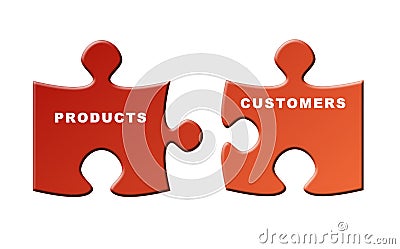Citing examples that speak to customers makes your content hard to ignore
It’s a given that domain expertise is required to create content that’s technically accurate. What makes the content compelling and gets readers to click-through, call, request a demo or take the next steps toward a purchase or trial is the ability to tell a great story. And a key component of any white paper, solution brief, application note or case study calls for representative, real-world examples that get the reader to think, “Hey, that’s me.”
Today’s information-overloaded customers are as short on time as they are on attention.
In a matter of seconds you must convey that your product or service is tailor made to solve immediately recognizable problems.
This means spotlighting real-world examples just as prominently as the features and corresponding benefits of your product. Technical “tutorials” mean little to a customer/reader without a clear, concise description of the real-world benefits your technology delivers.
Consider a security company whose technology detects anomalous conditions from log files. Readers need context to better understand what this means. By adding key examples of anomalous conditions, such as “knowing what systems were accessed by an unauthorized user, what data they touched and where they sent it”, provides readers with an immediately identifiable problem they are on the hook to address. By putting your domain expertise in context, you stand a much better chance of resonating with your readers.
In the case of the security company cited above, use cases can take on immediacy and drama when compelling examples are woven into the narrative. Take technologies designed for intrusion detection and Advanced Persistent Threats. Plugging in a real world example to orient readers to a specific problem is a magnet for further investigation: “Being alerted to a user who typically logs into one or two corporate systems between the hours of 9:00 am – 5:00 pm Monday through Friday and suddenly attempts to log into multiple systems at odd hours of the day, including weekends, is a strong indication of a potentially hacked or compromised account.” Suddenly, your benefit — the critical role your product played in determining the violation and making the process so much simpler and faster for security teams – now takes on a new, compelling dimension.
Always be articulating or alluding to the tangible benefit of your offering with examples that speak directly to your buyer. Your domain expertise is essential. You can make it pay off even more by showing your equally expert appreciation of the practical problem your customer is trying to solve.
What’s your view of domain-expertise as criteria for content creators? How do you do “reality-checks” on your content? How do you select writers? On a 10-point scale, how do your rate your content for customer-relevance?

